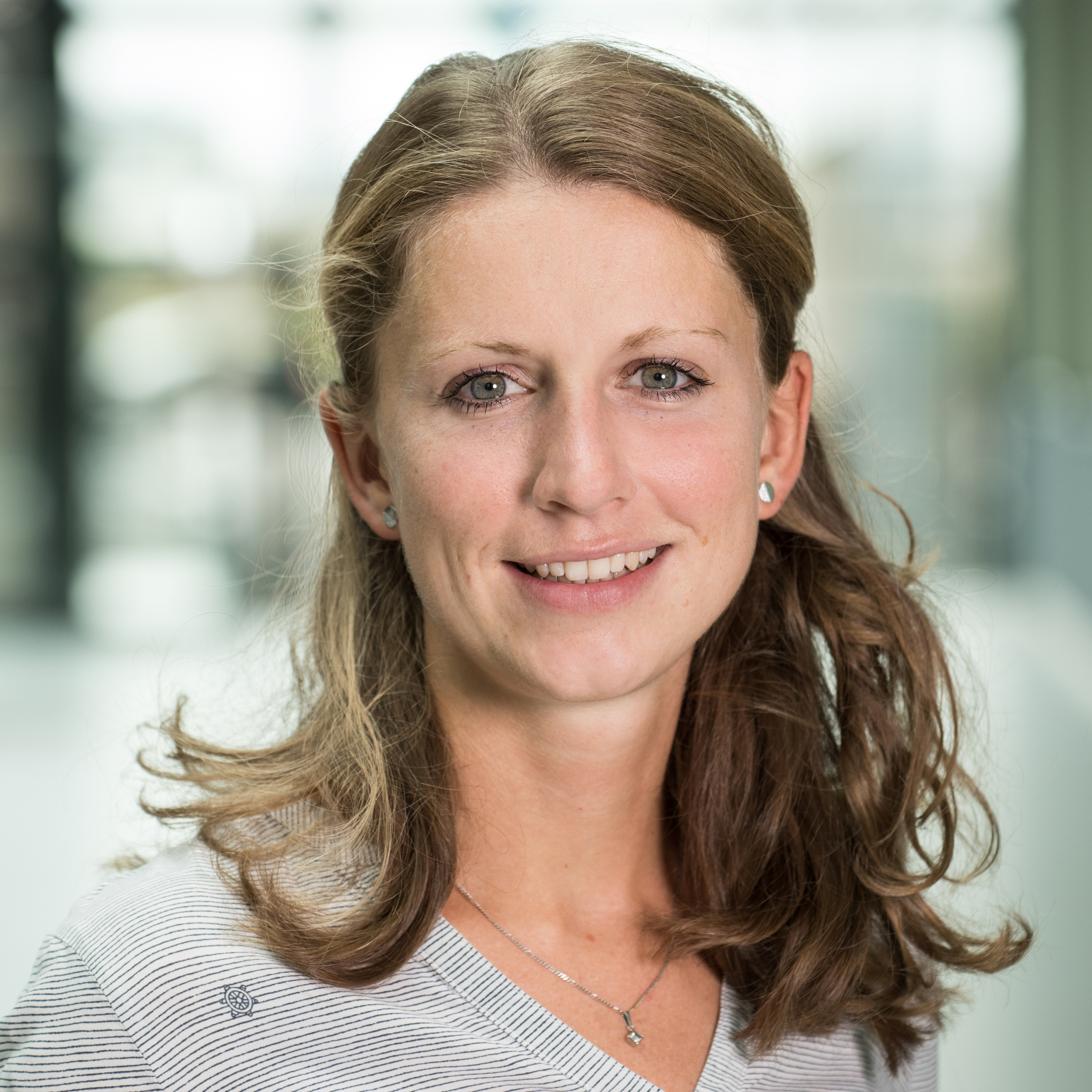Dr Stefanie Arndt
Stefanie studied Meteorology in Berlin and Hamburg, and was first exposed to the topic of sea-ice physics during her Master’s programme, as part of her minor in Oceanography. Though she joined her first expedition as part of the Oceanography Team, during her Bachelor’s studies, today she is exclusively involved in sea-ice physics at the AWI.
Her current focus is on snow on the Antarctic sea ice. In the Antarctic Ocean, the ice’s snow cover is particularly important: since the snow barely melts throughout the year, it not only reduces the amount of sunlight that penetrates the ice, but also affects the complex interactions between the atmosphere, ocean and sea ice.
When she’s not busy analysing the outcomes of an expedition, packing for the next one, or attending a conference, Stefanie works on site in the Antarctic as often as she can, researching the snow cover and deploying sensor buoys. These buoy systems produce a continuous stream of data as they drift along with the sea ice. She also initiated a buoy project that allows children and school classes to follow her exciting expeditions, and even actively take part in them.
What talents or abilities do you use in your work?
Even my parents claim that I never do things halfway. That’s an attitude that I take along with me on my field expeditions, where my goal is to do everything by the book so as to ensure valid results. After all, when you’re part of a major project, you should always do your best to deliver the best possible results.
In your expeditions so far, can you think of a moment that was the most remarkable one?
Well, that’s always a very subjective question, but during my latest expedition to the Weddell Sea, near the end of our journey we still had six buoys left that we were determined to deploy. But, at what felt like -50 degrees, it turned out to be the coldest day of the entire trip. When we decided that, despite the cold, we weren’t going to let the unique opportunity go to waste, and successfully deployed all the buoys, that was likely the most remarkable moment.
How can meereisportal.de help get more of the public interested in sea-ice research?
Thanks to the adopt-a-buoy project, for instance, we had the opportunity to introduce children and school classes to our research. Especially after I deployed the buoys with pictures on them, provided by the children, we received a great deal of feedback, and I could tell that people really responded positively. This ‘hands-on’ polar research opens up a whole new way of reaching people, and allows them to identify with the topic of sea ice in a different way. Creating that kind of link to society is also an essential part of our work.
My dream expedition would be …
Basically, to repeat the latest expedition I was on, to the heart of the Weddell Sea, but this time with my entire working group on board. Then we would have varied kinds of expertise, and could all work together to face the challenges posed by this remote and hard-to-reach research site.

